Last week Empact organized the second Impact Circles, on Circular Transitions. A small but inspiring meeting with clients and partners, with the goal of connecting business and science in a meaningful way.
More than 26 different forms of circularity
Prof. Arno Kourula opened our eyes to the huge variety of circular business models. He has already mapped more than 26 of them, but even that number is only the beginning. His stimulating questions left no one unmoved:
Is the circular economy just a passing trend? How do we look beyond the obvious solutions? What is the best way to shape circularity? And how do we make sure we really start thinking in systems?
Anne Rademaker of Empact shared her in-depth view of a decade of circular economy. Her observation was apt: the ideas have grown tremendously, but the economy itself has not yet kept up that pace. Still, she is hopeful: better business models, more engaged people and stronger regulations will make the circular turnaround inevitable in the coming years.
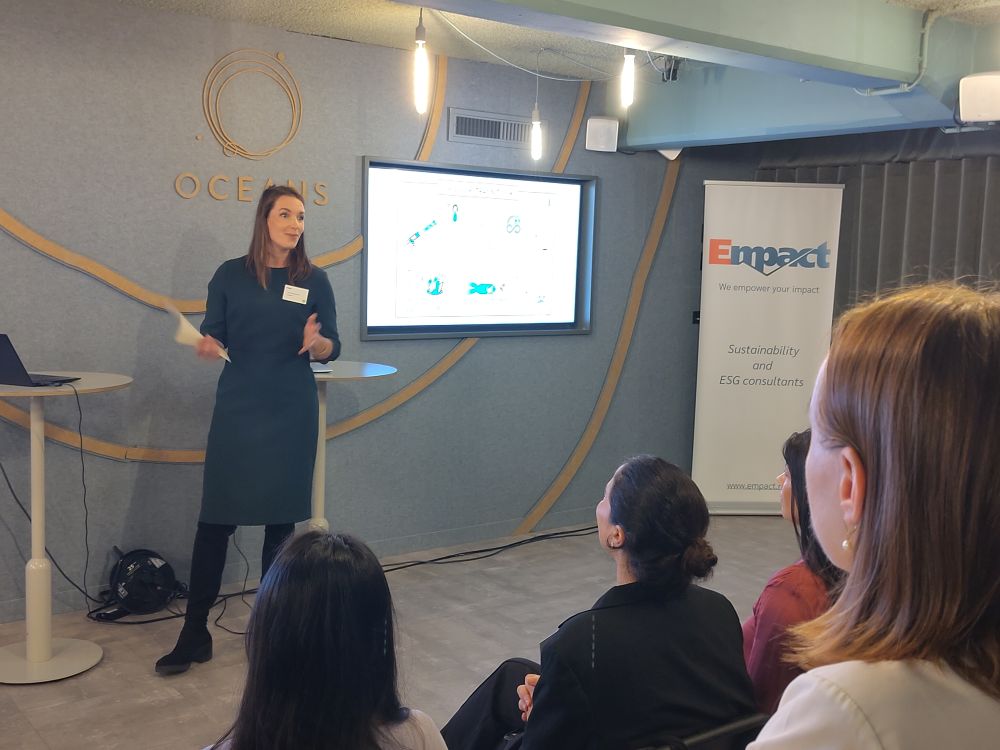
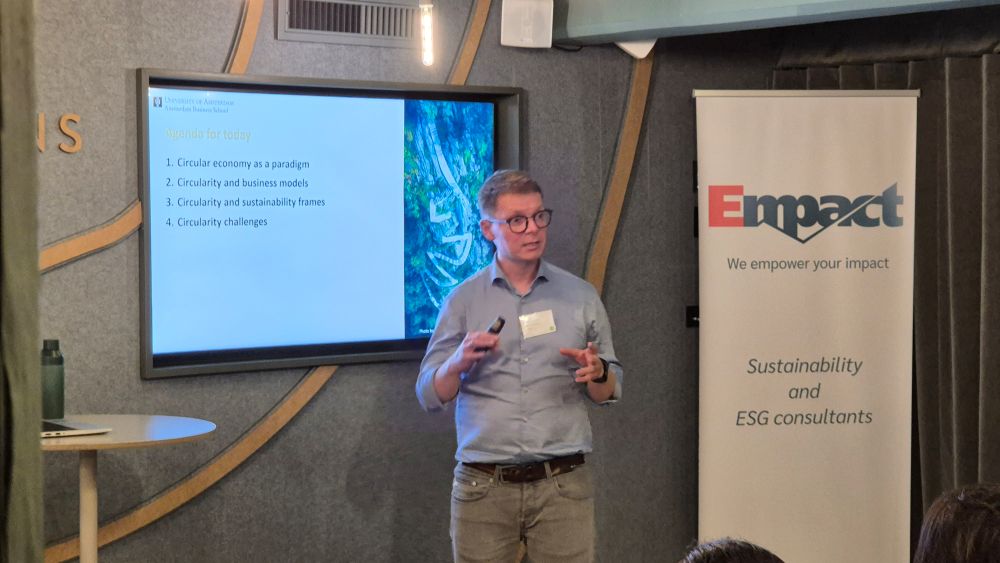
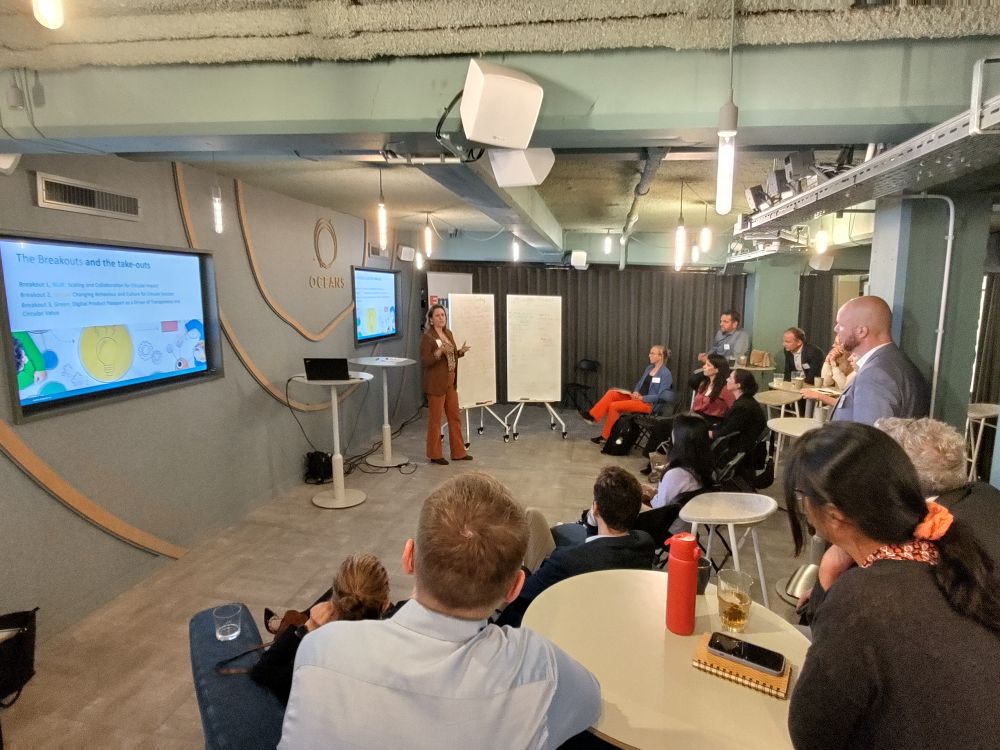
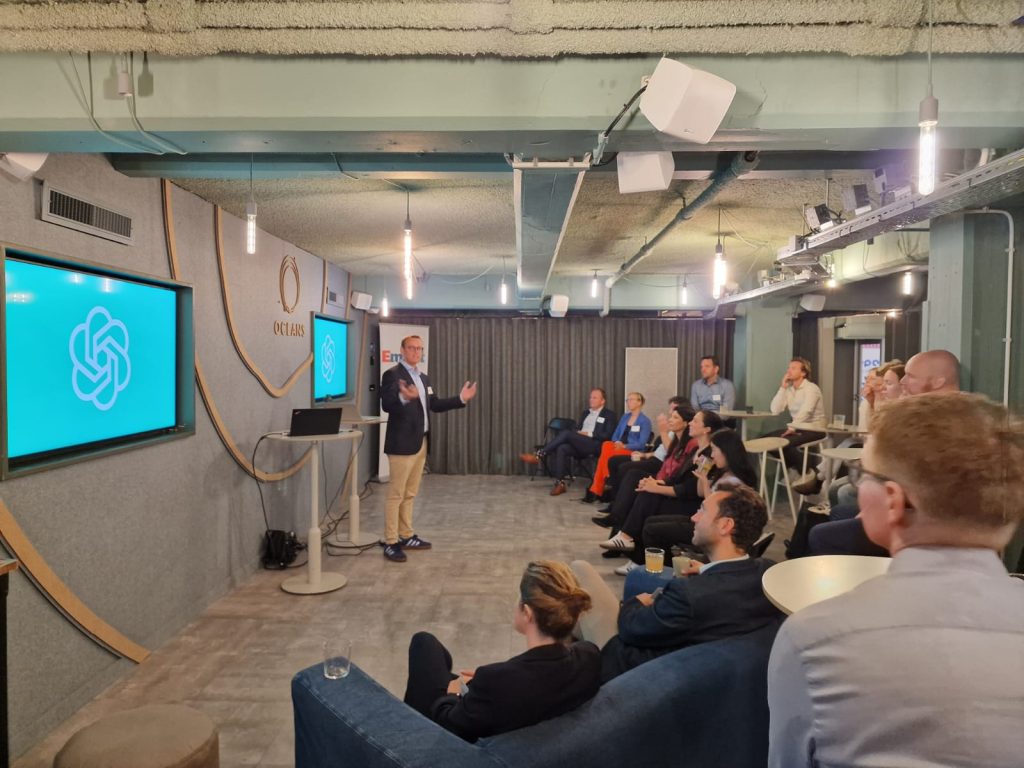
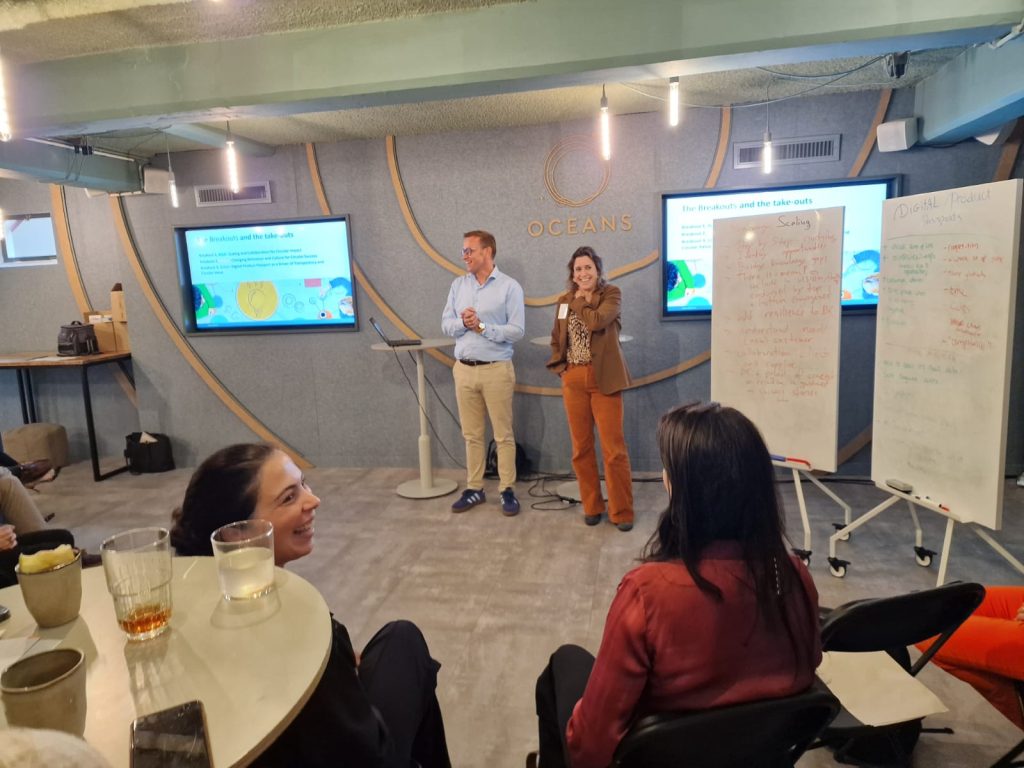
Practical levers for change
In the working groups, participants explored concrete ways to accelerate the circular transition:
- Collaboration for circular impact
Scaling up circular solutions requires partnerships. Platforms that link companies are becoming increasingly important. - Changing behavior and culture
Technical solutions alone are not enough. Employees, customers and other stakeholders must be included in the change. - Digital product passports
Technology makes it possible to track the entire life cycle of products. This creates transparency and new forms of value.
Small steps, big impact
An important insight: transition does not happen by big leaps alone. It comes through many small, deliberate steps that build momentum together. Steps that connect business insights with scientific knowledge.
This ties in with what Tima Bansal and Julian Birkinshaw recently wrote in the Harvard Business Review: to bring about real change, we must see the big picture and act within it. Systems thinking is not only inspiring, it is necessary.
These Impact Circles reminded us why we believe so strongly in connecting business and science. It’s not just inspiring: it’s essential to making real impact.
